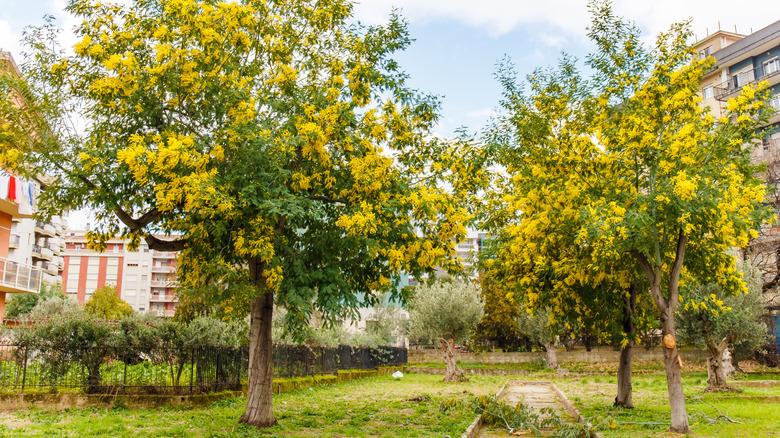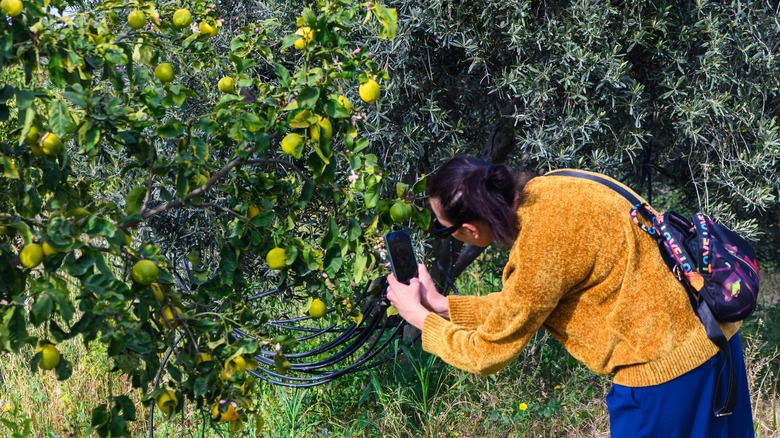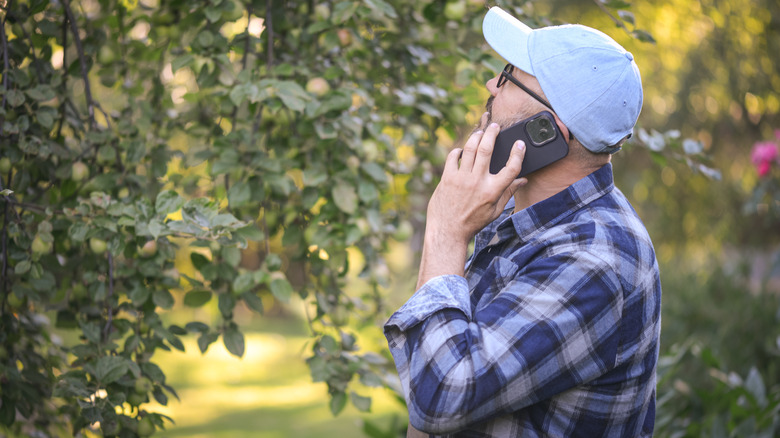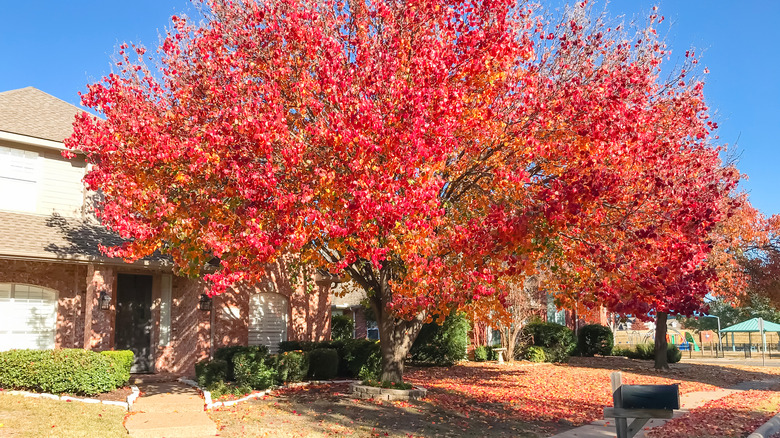Helpful Tips To Determine If The Tree In Your New Backyard Is Invasive
Getting to know the different trees and plants that live in your yard is one of the first steps to planning your new garden. Not only do they tell you what kind of growing conditions you're working with, but they also give you clues as to what future problems you might have. If the tree in your backyard is invasive, for example, you may have to cut it down or else accept a lifetime of battling the aggressive grower in your yard. A non-native plant is considered invasive if it's aggressive or causes harm to the ecosystem it's been introduced to. Informally, gardeners often use the word to refer to any species, non-native or otherwise, that grows aggressively or is hard to keep contained to a single area.
Whether it's a harmful non-native or an aggressive native tree, being able to identify any invasive trees in your garden can help you make a plan for removing it or keeping it under control. If you're not already an expert arborist or botanist, the best way to do that is by using your phone to do an image search, reaching out to your local cooperative extension office, or getting to know the most common invasive tree species in your area.
Use an image search app on your phone
There are a few popular image search apps available. For Android users, Google Lens is likely already built into your camera app and it's backed by the massive database that is Google's search engine. For iPhone users, you can either open up a browser to use Google Lens or use your iPhone's Visual Look Up tool in the camera app. Another popular option is iNaturalist. With this app, you can enable location access to get species suggestions based on what's most likely to be in your region.
Whichever image search app you choose, keep in mind that none of them are perfect. To help rule out any false IDs, take multiple pictures. You want at least one from a distance that captures the tree's full shape and size. Then take one close-up picture of the leaves and one close-up picture of any fruit, seed, or flower.
Feed each of these pictures into your preferred image search app to compare results. If there's a species that pops up for all three, there's a good chance that's the species you're dealing with. To confirm your suspicion, read up on the habitat and growing conditions of the species you think you have. If a Google search shows that this invasive tree prefers growing in dry soil with full sun and your tree is growing in those exact conditions, that's further evidence that you've correctly identified the species.
Call your local cooperative extension office
In most U.S. states and Canadian territories, there is a cooperative extension office, usually associated with either a state university or a local forestry department. If you're a gardener, this office should be on speed dial. Alongside soil and water testing, they can also help you identify the different species growing in your yard.
To find your local cooperative extension office, you can search the American Horticultural Society's database of Master Gardener programs throughout the United States and Canada. Another option is to search your state (or county) name with the words "cooperative extension" or "master gardeners."
Once you find your local office, you can either visit in person or email a picture of the tree in question to get help identifying it. Not only will the staff have expert knowledge of all things plants, but they will also be knowledgeable of the species most likely to be growing in your region. In addition to providing the most accurate identification of the tree in your yard, your local cooperative extension office can also give you advice on how to deal with any invasive species and help you find the best native plants to grow instead.
Get to know the most common culprits in your region
Another useful approach to determine if the tree in your new backyard is invasive is reading up on the tree species in your area. Search online or talk to your local cooperative extension office to find out what the most common invasive tree species in your state or county are. Then, find images of them at various life stages and times of year, so you can get to know what they look like in every season. Compare those images to the questionable tree in your yard.
Keep in mind that some tree species can look very similar to each other, especially if they don't have any particularly distinctive flowers, fruit, or leaf shapes. So this approach is best used after doing an image search with pictures of your actual tree. If your tree is a close match to a couple of different species, use the list of tree species most likely to be in your area to help you narrow it down.
You can also use this list to make sure you know which invasive plants you should never grow. Since many gardening centers sell aggressive invasive species like English ivy or Norway maple, it's important to research anything you want to add to your garden.



